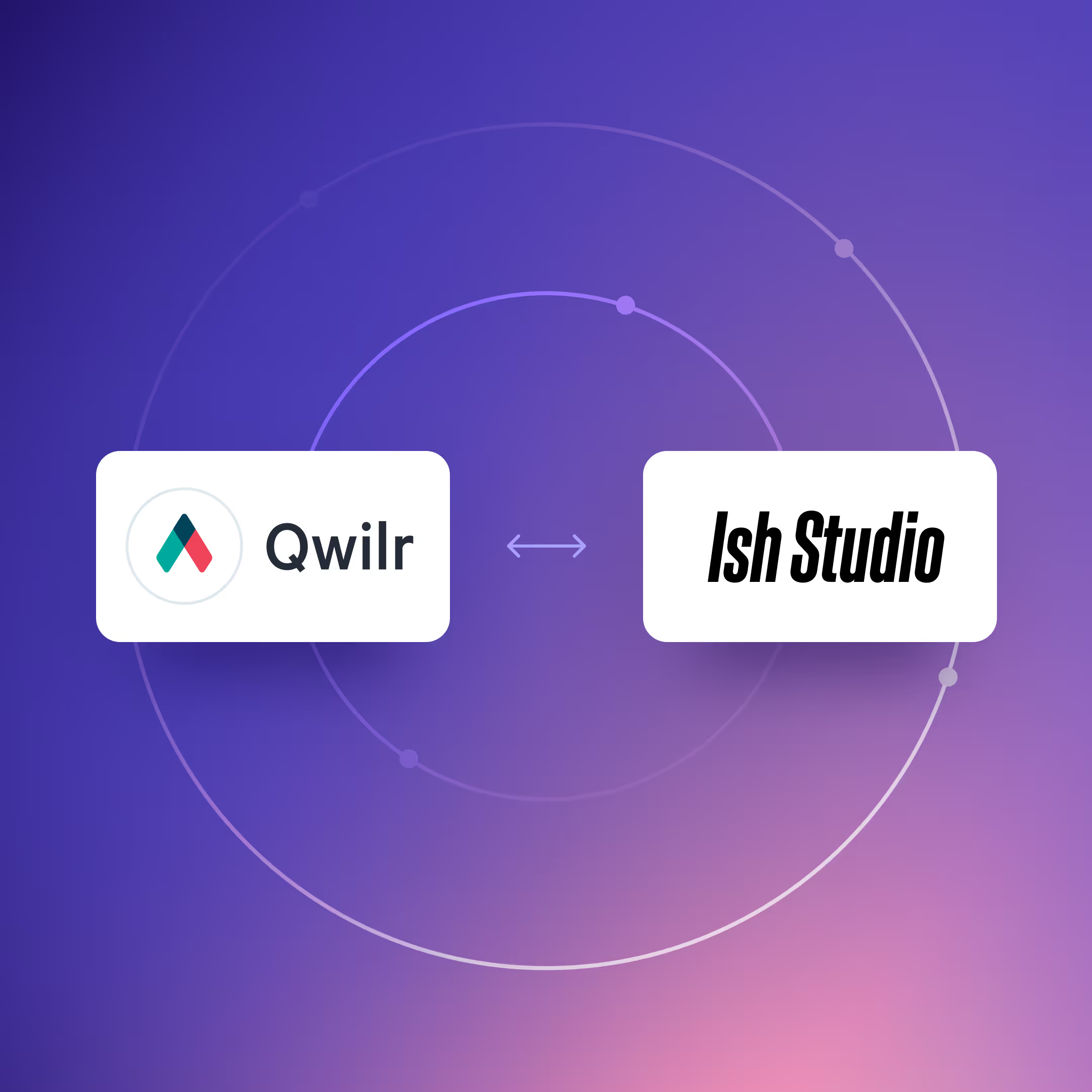Our Experience with Webflow After 4 Years. From Beginners to Premium Partners
When we started building websites in Webflow four years ago, we had many assumptions and, honestly, no real idea of what we were doing. Some of our assumptions were correct, others were completely wrong. Through successes, mistakes and challenges, we have learned a lot, and here we share the most important lessons with you.
1. The goal of the website is more important than the design
A visually impressive website is not necessarily a good website. What truly matters is what it achieves: more customers, more inquiries and measurable results.
We have seen many projects with beautiful designs but no clear objectives, and they failed. Once we set a clear goal to increase inquiries, the website became a powerful business tool, not just decoration.
2. Why we chose Webflow over WordPress, framer or other platforms
We tested many platforms, but Webflow combines flexibility, scalability and speed.
In one project, traffic increased simply by moving from WordPress to Webflow. Our clients love how easy it is to edit text, images and content without technical assistance. After one year, we became certified Webflow Experts, and today we are Premium Partners.
3. How bad design cost us customers
We learned the hard way that “beautiful” design does not always work. A visually appealing but confusing website caused visitors to leave quickly. By removing distractions, simplifying navigation and focusing on user experience, we significantly increased our conversion rate.
4. Page architecture that works in practice
At IKEA, you are guided through a carefully planned route. Online, it is the opposite, people want to find what they are looking for quickly. We used principles from companies like Amazon and HubSpot to structure our websites, and the result was more time spent on the site and increased sales.
5. Always test and optimize
Even small adjustments can have a big impact. We have experienced that moving a button or an image can dramatically increase sales. With Webflow, we can quickly test new ideas without heavy technical processes and keep the website competitive.
Why this matters to you
Whether you run a small business or a large company, these lessons are essential for online success. Today, everything is digital, and user expectations change rapidly. Webflow has been a key tool in both our growth and the growth of our clients. Link to everything you need to know about Webflow.










